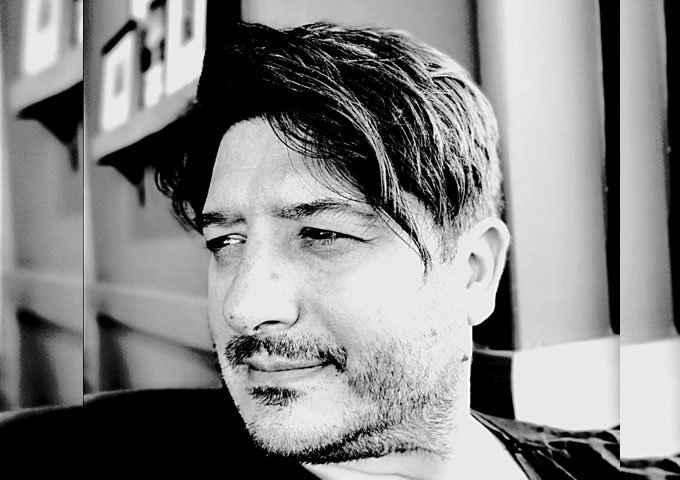

9 The interaction between these two conditions may particularly increase their difficulties for several reasons. 6–8 This could be explained by the fact that they have to take care of patients with both oncological and neurological issues.

These carers have significantly higher adjusted mortality, report higher levels of strain and lower levels of mental well-being. Caregivers of adult patients affected with glioma are a specific subset of caregivers because they are particularly exposed to mental and physical disorders, 4–6 compared with caregivers of patients with other cancers (eg, lung, breast). 3 Nevertheless, the damaging impact of being a caregiver may differ based on the symptoms, treatments and prognosis of the disease. Previous findings have clearly shown that independently of the patient’s disease, caregivers often report distress, fatigue and burden. 2 The caregiver may be a relative (eg, child, spouse) or a friend designated as a caregiver by themselves or referred to as such by the patient. 1 Caregiving can range from physical help with daily living, personal care, financial help, medical or emotional and social support. In fact, 55% of people with a disability rely at least partly on other people’s informal care and support. Caregivers are one of the main actors in patients’ health.


 0 kommentar(er)
0 kommentar(er)
